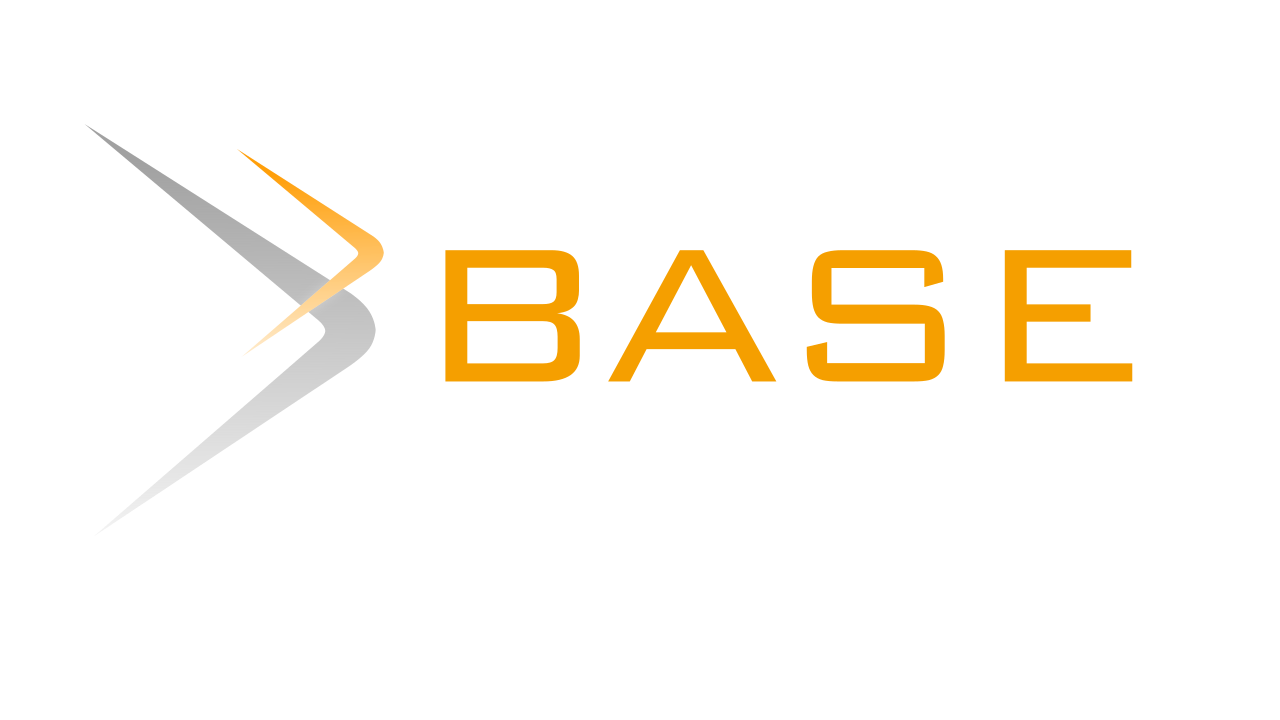A Conceptual Hybrid Approach in Evaluating IT Governance Maturiy Level
DOI:
https://doi.org/10.32486/aksi.v6i2.17Keywords:
COBIT, ISO 9001, Hybrid, ApproachAbstract
This study aims to examine several evaluation standards of IT governance and management, so as to produce a work step that can be used to evaluate both simultaneously. The result of the research is a conceptual joint work step to evaluate IT governance in Higher Education: Studies in Private Universities.
In achieving the Tridarma, Private Universities require good knowledge management in IT governance and management governance. As a form of business engaged in education, private universities must also be able to maintain their existence in the business world with increasingly fierce and rapid competition, universities have utilized technology in all aspects, both in the process of providing education and operationally supporting the activities of the tridharma of higher education.
The current use of technology is certainly expected to be in line with the goals of higher education. This research proposes work steps that are expected to accommodate the need for evaluation of IT governance and management by combining several clauses contained in COBIT as an evaluation tool for IT governance and ISO 9001:2015 as a standard that focuses on Quality Management System. This study uses interview techniques and direct observation through audits to collect data and evidence using an instrument in the form of a list of questions that have been adjusted to the two standards used, namely COBIT and ISO 9001: 2015.
References
Al-Safwani, N., Fazea, Y., & Ibrahim, H. (2018). ISCP: In-depth model for selecting critical security
controls. Computers and Security, 77, 565–577. https://doi.org/10.1016/j.cose.2018.05.009
Alič, M. (2018). Integration of the ISO 9001 QMS with the company’s IT Business System. Total
Quality Management and Business Excellence, 29(9–10), 1143–1160.
http://search.ebscohost.com.library.sheridanc.on.ca/login.aspx?direct=true&db=bth&AN=130970
&site=bsi-live
Andres-Jimenez, J., Medina-Merodio, J. A., Fernandez-Sanz, L., Martinez-Herraiz, J. J., & Ruiz-
Pardo, E. (2020). An intelligent framework for the evaluation of compliance with the
requirements of ISO 9001:2015. Sustainability (Switzerland), 12(13).
https://doi.org/10.3390/su12135471
Odd Page
COBIT 5. (2011). COBIT 5 : Process Reference Guide (Exposure Draft). USA : IT Governance
Institute.
da Fonseca, L. M. C. M., Domingues, J. P., Machado, P. B., & Harder, D. (2019). ISO 9001:2015
adoption: A multi-country empirical research. Journal of Industrial Engineering and
Management. https://doi.org/10.3926/jiem.2745
De Haes, S., Van Grembergen, W., & Debreceny, R. S. (2013). COBIT 5 and enterprise governance
of information technology: Building blocks and research opportunities. Journal of Information
Systems. https://doi.org/10.2308/isys-50422
Domingues, J. P., Reis, A. M., Fonseca, L. M., Ávila, P., & Putnik, G. (2019). The added value of the
ISO 9001:2015 International standard from an auditors’ perspective: A CB-SEM based
evaluation. International Journal for Quality Research. https://doi.org/10.24874/IJQR13.04-15
Faradillah, F. (2018). Determinasi Knowledge Management Success Factors pada Universitas Swasta
di Palembang Studi Kasus : Universitas Indo Global Mandiri. 09(01), 49–54.
Hakim, M. M. (2017). IT Audit of IT Service Provider Using COBIT 4.1 Framework: Case Study at PT.
XYZ. Fountain of Informatics Journal, 2(2), 28. https://doi.org/10.21111/fij.v2i2.1236
Héroux, S., & Fortin, A. (2018). The moderating role of IT-business alignment in the relationship
between IT governance, IT competence, and innovation. Information Systems Management,
(2), 98–123. https://doi.org/10.1080/10580530.2018.1440729
Huygh, T., & De Haes, S. (2019). Investigating IT Governance through the Viable System Model.
Information Systems Management, 36(2), 168–192.
https://doi.org/10.1080/10580530.2019.1589672
ISACA. (2017). About COBIT 5 | What is COBIT | Management Framework - ISACA. Isaca.
Jimbo Santana, M. de J., Rosalia, P., Santana, J., & Aguilar Viteri, A. E. (2017). Analysis of the
application of the Capacity Models of the improvement process for the it government process.
REVISTA PUBLICANDO.
Johanes Fernandes Andry, H. H. (2017). Performance Measurement of IT Based on COBIT
Assessment : A Case Study. Publications.Aisindo.Org.
Kaban, I. E. (2015). Tata Kelola Teknologi Informasi (IT Governance). COMMIT (COMMUNICATION
AND INFORMATION TECHNOLOGY) JOURNAL, 420(6), 507–511.
https://doi.org/10.1007/BF01600255
Mutiara, A., Prihandoko, Prasetyo, E., & Widya, C. (2017). Analyzing cobit 5 it audit framework
implementation using ahp methodology. International Journal on Informatics Visualization, 1(2),
–39. https://doi.org/10.30630/joiv.1.2.18
Rakipi, R., De Santis, F., & D’Onza, G. (2021). Correlates of the internal audit function’s use of data
analytics in the big data era: Global evidence. Journal of International Accounting, Auditing and
Taxation, 42, 100357. https://doi.org/10.1016/j.intaccaudtax.2020.100357
Sembilla, L., Fu’aida, U., Randy, M. Y., & Supangat, R. N. (2018). Keterkaitan 5 Fokus Area Tata
Kelola Teknologi Informasi Dengan Framework Cobit 5, Coso, Itil Dan Iso 38500. Jurnal Sistem
Informasi Dan Bisnis Cerdas (SIBC), 11(1), 25–34.
Szczepaniuk, E. K., Szczepaniuk, H., Rokicki, T., & Klepacki, B. (2020). Information security
assessment in public administration. Computers and Security, 90.
https://doi.org/10.1016/j.cose.2019.101709
Tambo, T., & Filtenborg, J. (2019). Digital services governance: IT4IT TM for management of
technology. Journal of Manufacturing Technology Management, 30(8), 1230–1249.
https://doi.org/10.1108/JMTM-01-2018-0028
Tawafak, R. M., Romli, A., Malik, S. I., & Shakir, M. (2020). IT Governance Impact on Academic
Performance Development. International Journal of Emerging Technologies in Learning, 15(18),
–85. https://doi.org/10.3991/ijet.v15i18.15367
Zhang, S., & Fever, H. Le. (2013). An Examination of the Practicability of COBIT Framework and the
Proposal of a COBIT-BSC Model. Journal of Economics, Business and Management.
Downloads
Published
How to Cite
Issue
Section
License
Copyright (c) 2021 faradillah, Muhammad Fadhiel Alie, Leriza Desitama Anggraini

This work is licensed under a Creative Commons Attribution-ShareAlike 4.0 International License.













